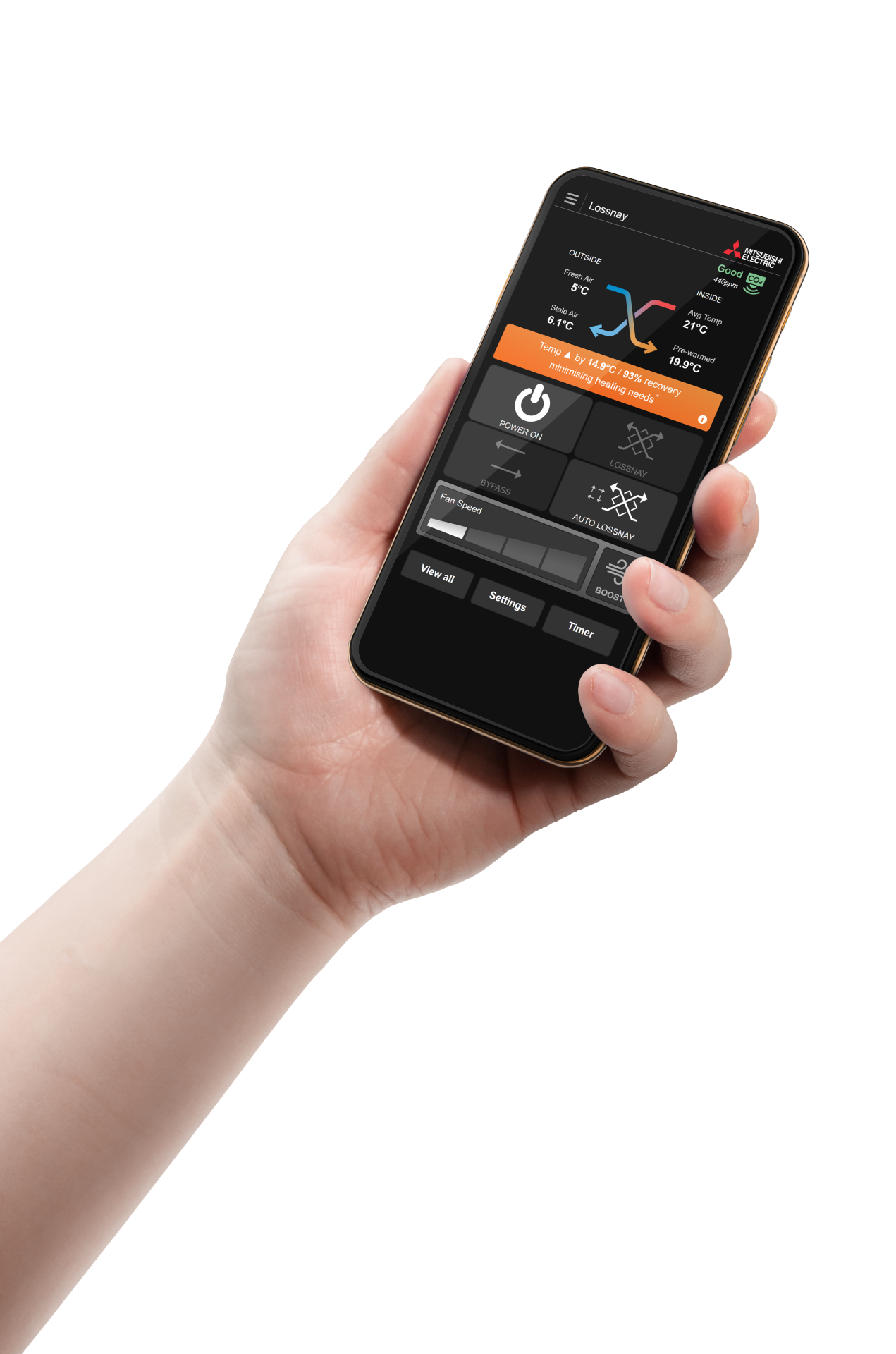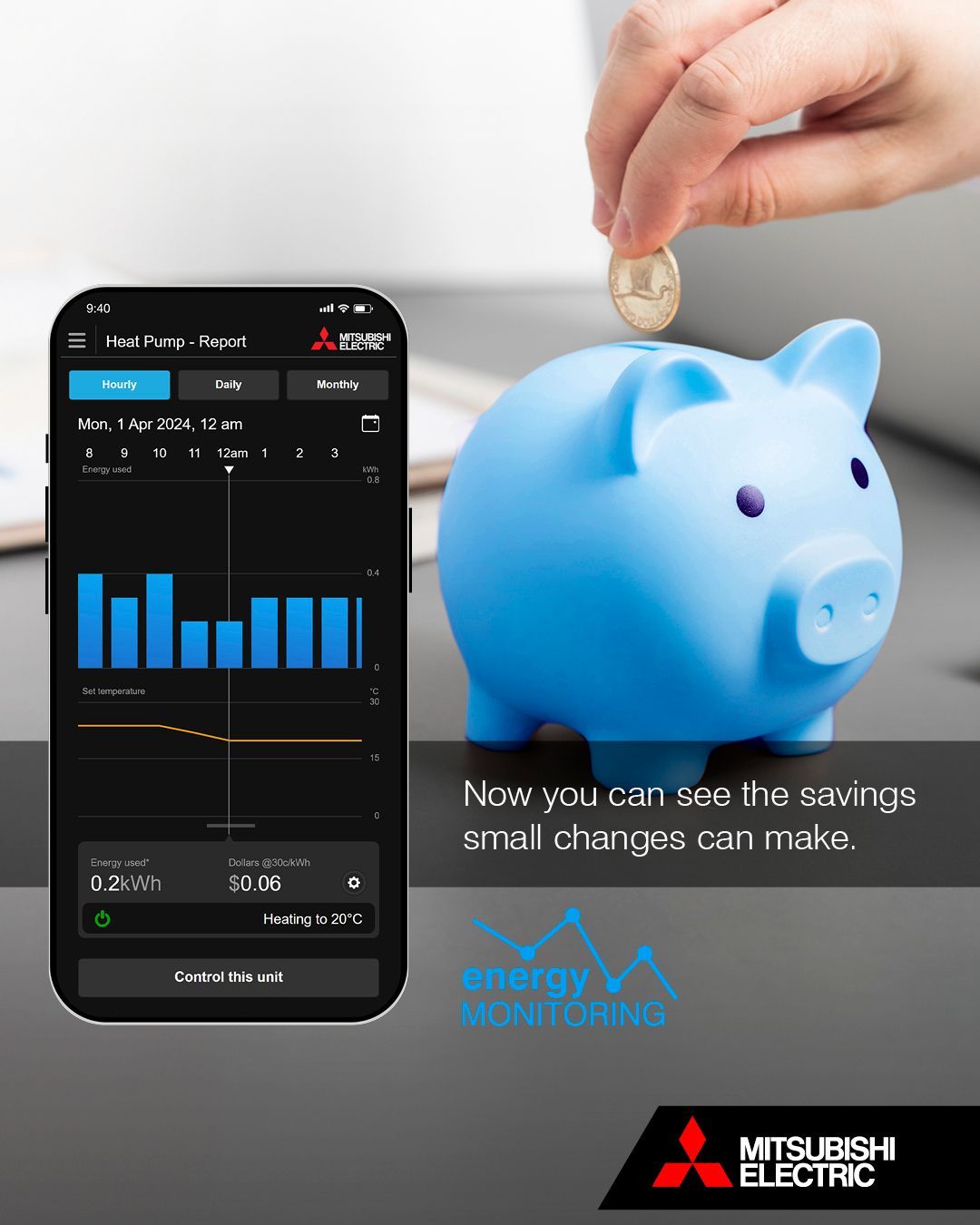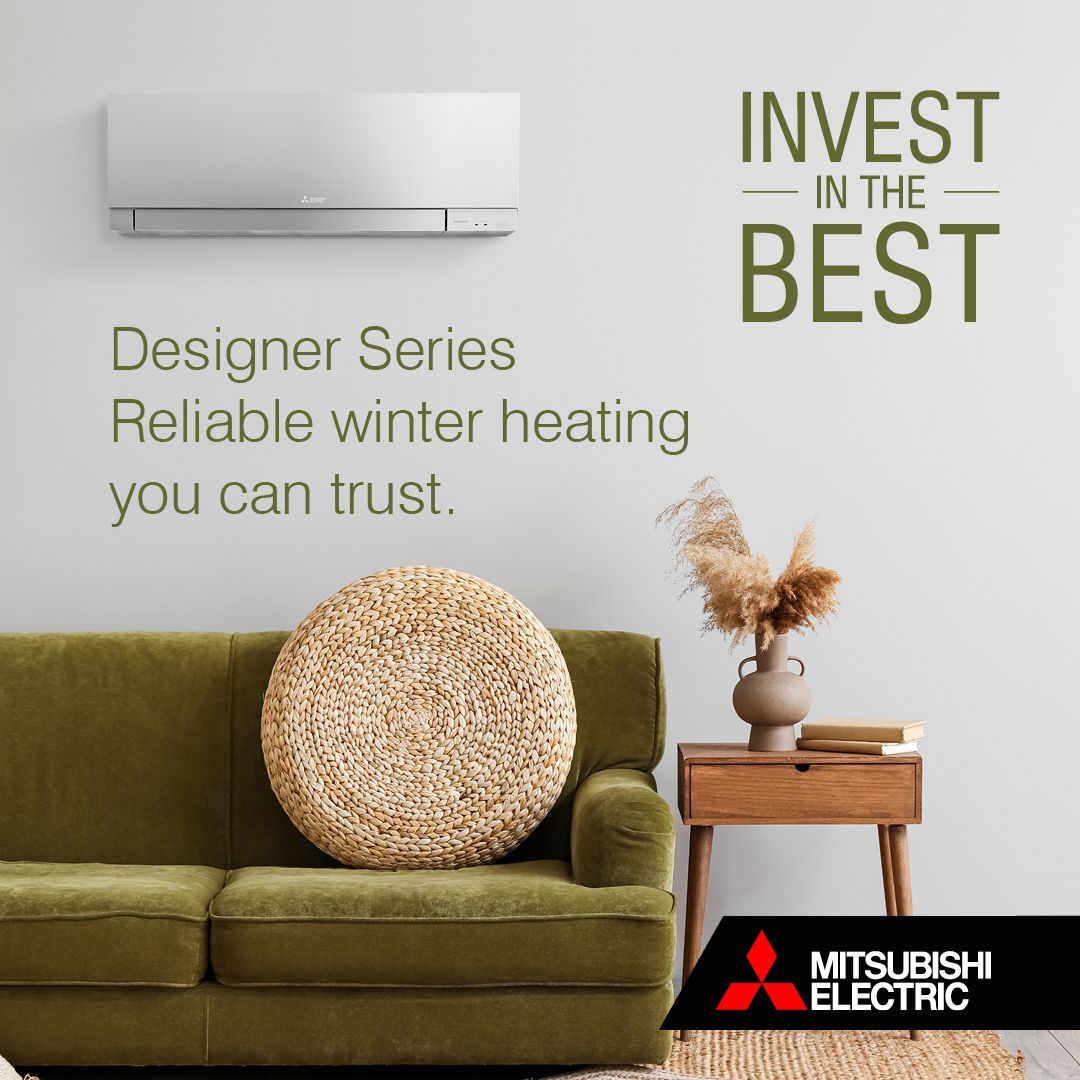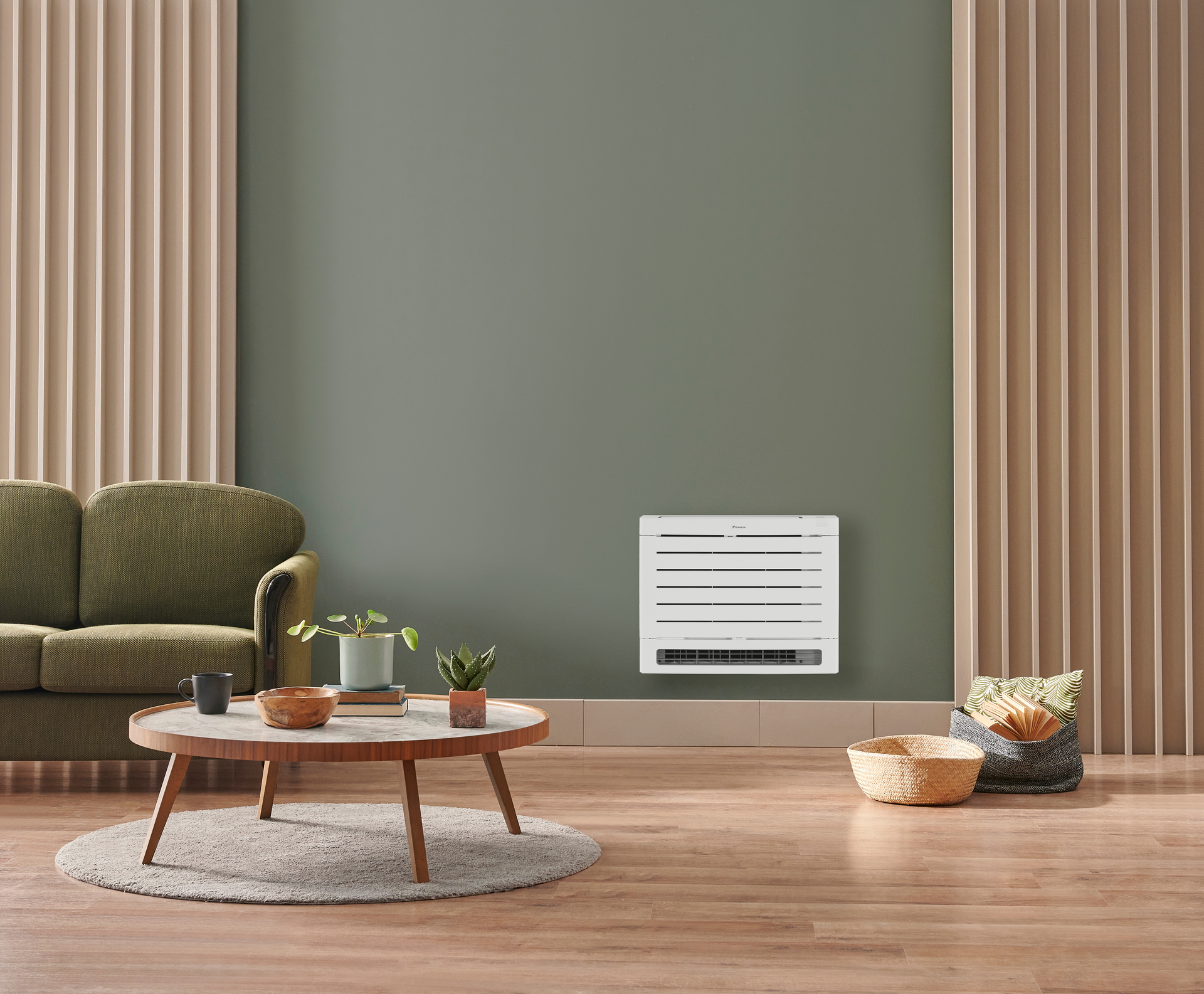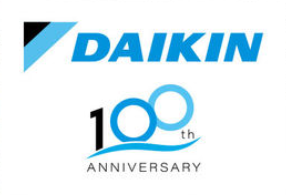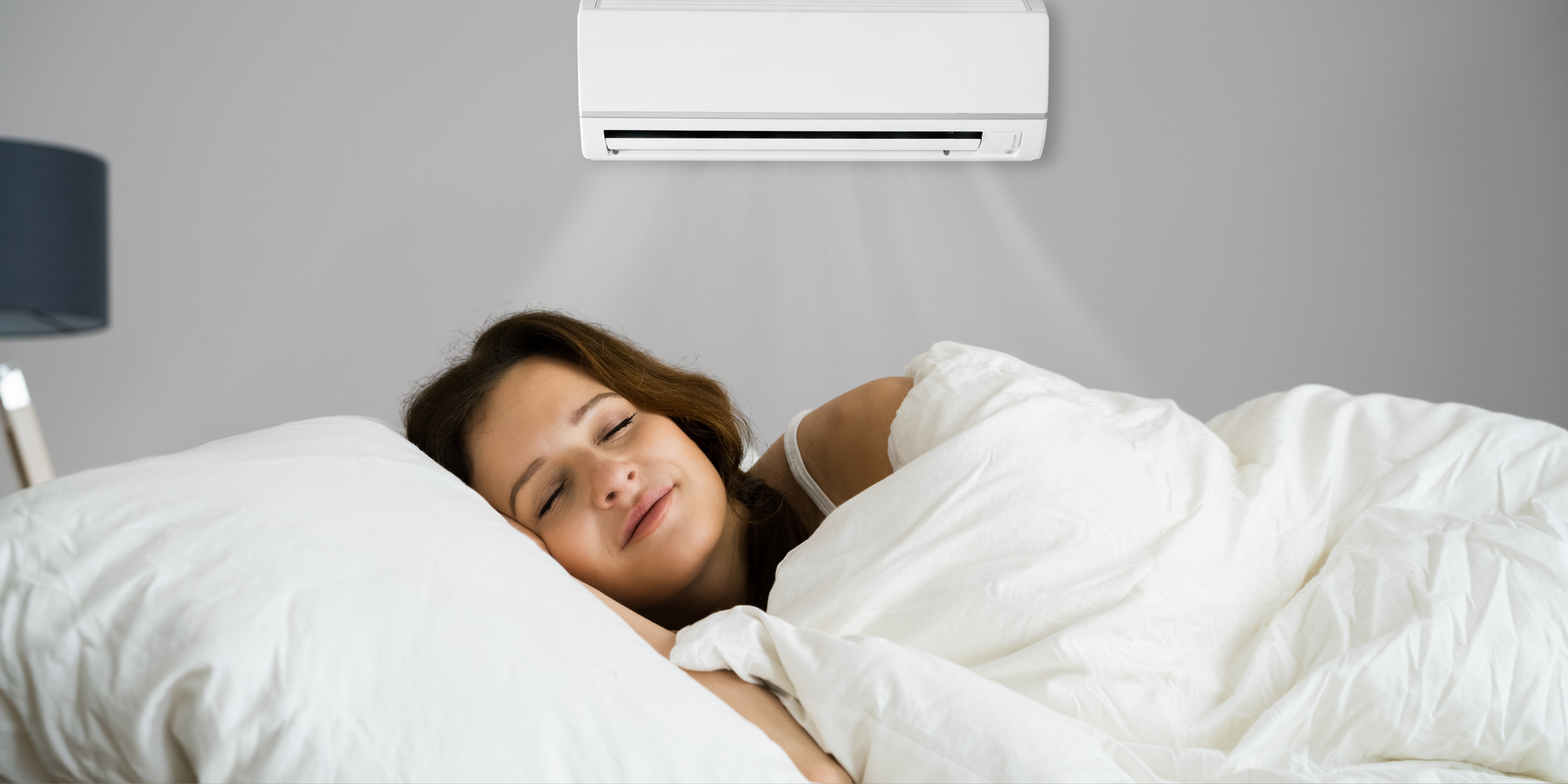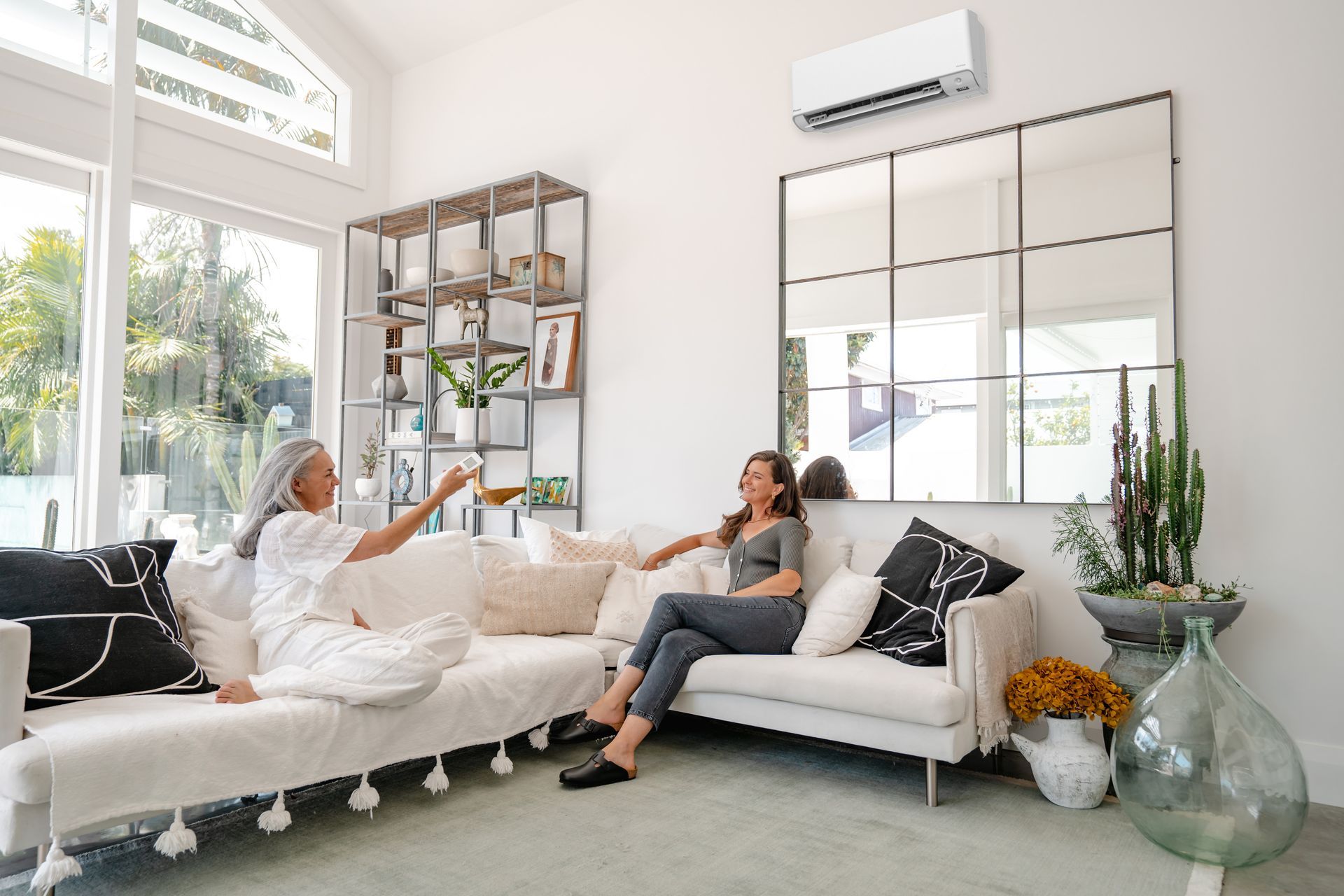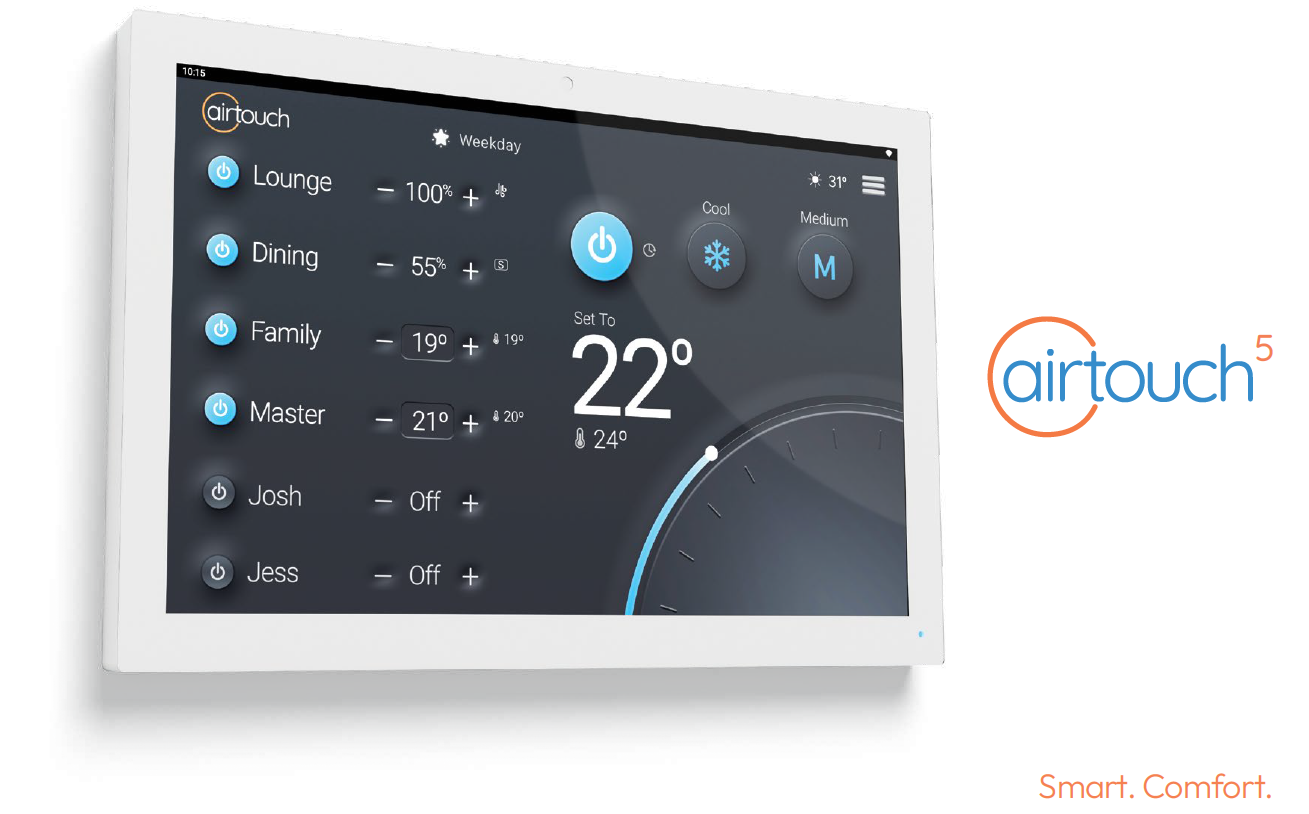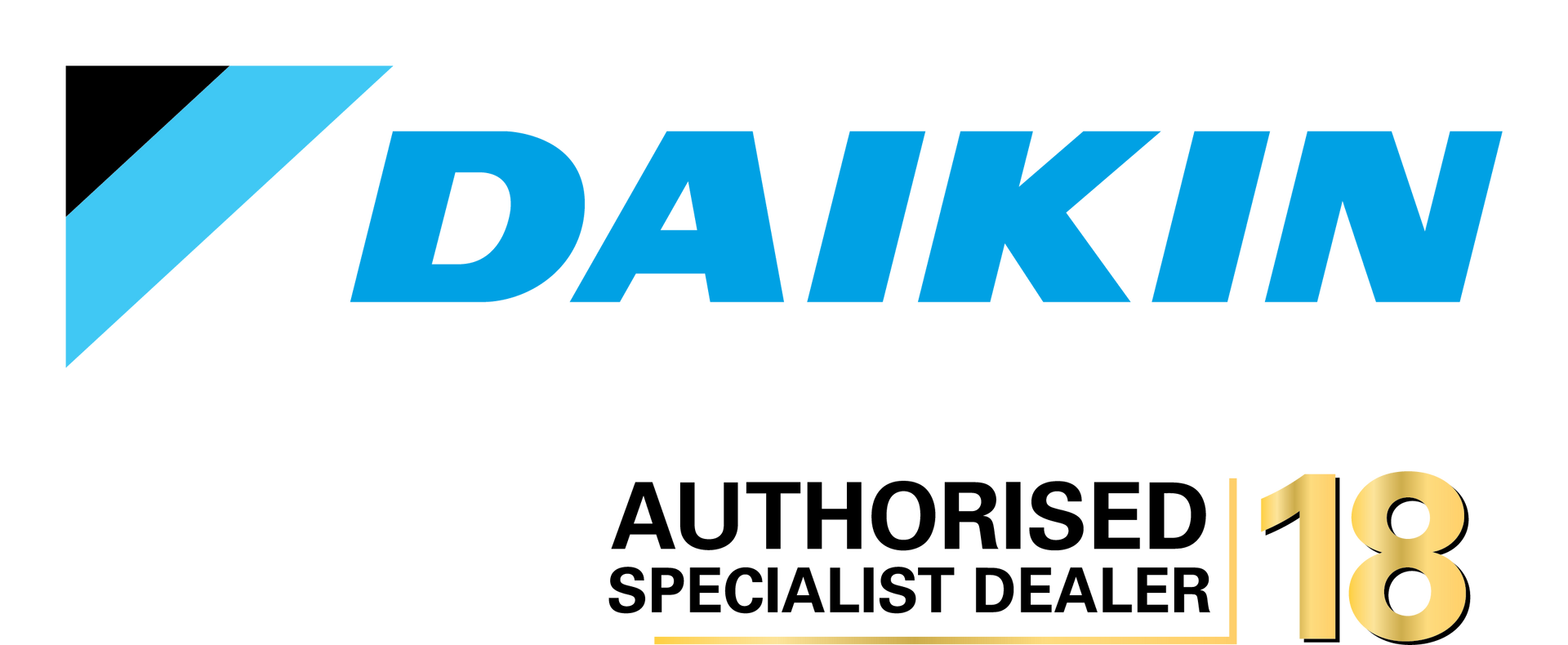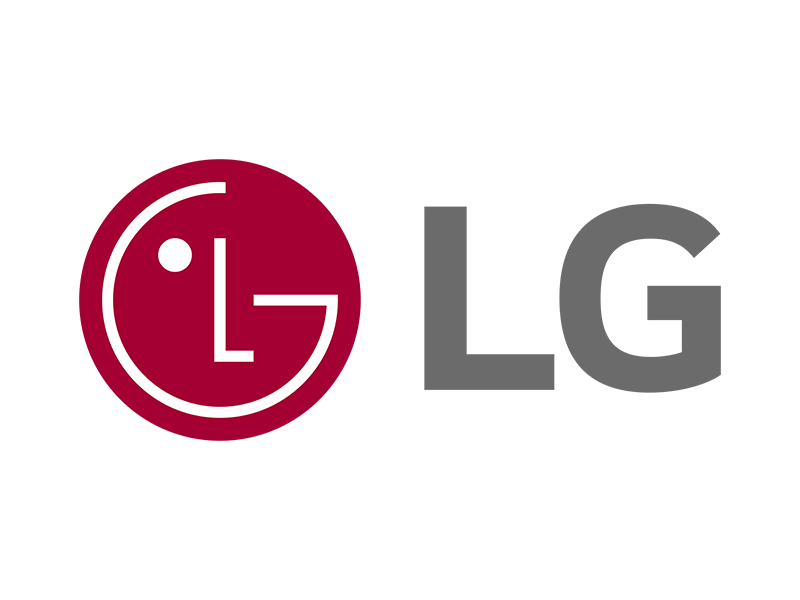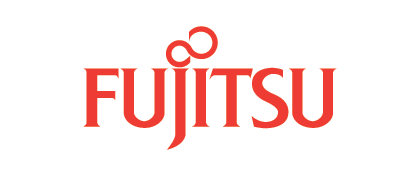How Clean Is Your Indoor Air?
Poor indoor air quality could pose a health risk to you & your family
In this blog we discuss how poor indoor air quality (IAQ) can effect the health of you & your family & what you can do to improve it.
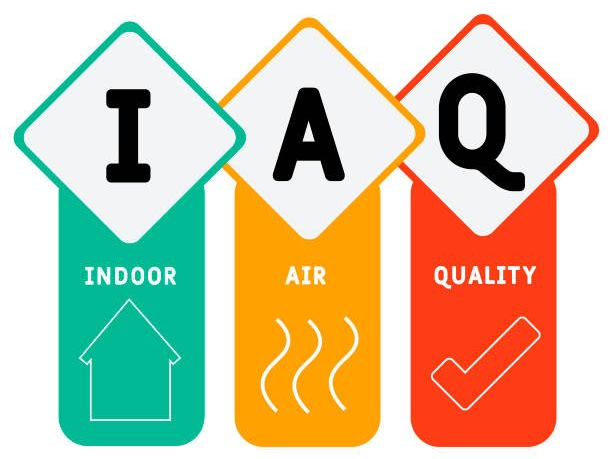
We are spending more & more time indoors (the average person spends 75-90% of their time inside), at home, in the office or working from home, so the comfort & safety of our indoor environment has become increasingly more important.
Indoor air quality is strongly linked to our health & wellbeing & we can improve our quality of life, lower the risk of respiratory illnesses & reduce the risk of chronic conditions by creating indoor air that is free from health threatening pollutants.
What kind of pollutants affects my indoor air quality in NZ?
- Noxious gases: such as carbon monoxide & nitrogen dioxide from unflued gas heaters, leaking chimneys, wood & gas stoves, car exhaust gases in attached garages & tobacco smoke
- Airborne sprays: from air fresheners, cleaners & pesticides used indoors, & from products used on lawns & gardens that make their way inside the house
- Biological contaminants: include bacteria, animal fur & pest droppings – these create fine breathable particles that contribute to allergies & respiratory disease
- Building materials: paint, glues, carpets & other finishes or furnishings emit chemicals that can be harmful & trigger asthma & a range of other ailments
- Damp: houses that are damp provide the perfect conditions for mould & dust mites
- Dust: dust levels can increase during renovations
- Asbestos: before renovating, ensure you know whether your property contains asbestos & get this safely & professionally removed
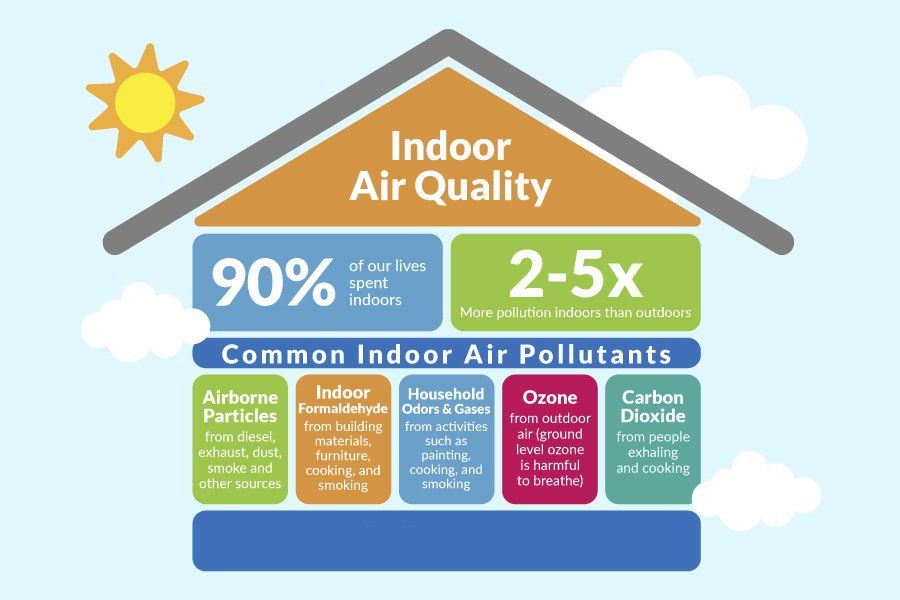
What Are The Health Impacts Of Air Pollutants Or Bad Air Quality?
The impacts on health can vary depending upon the type of pollutant & can include coughing, sneezing, asthma, headaches, fatigue, dizziness & eyes, nose, throat & skin irritations.
The effects can be acute & sudden (e.g. allergies from dust mites) or chronic & long term (e.g. spores from mould). Exposure to air pollutants may occur immediately after moving into a new home or symptoms may take time to develop & can be ongoing if the sources are not addressed.
Pollutant levels from singular sources may not pose a considerable health risk by themselves, multiple sources of indoor air pollution may interact together, causing health issues.
How To Improve Your Indoor Air & Protect Your Family
There are many ways to protect yourself & members of your family or staff by improving your indoor air environment.
- Carefully select the materials used in your property
- Keep your property warm, dry & well-ventilated (using safe, energy efficient heating such as heat pumps)
- Keep dust levels low
- Do not smoke indoors
- Keep your carpets clean
- Use air purifiers or purification systems
- Install a ventilation system (especially beneficial in new properties that have been designed to be air-tight)
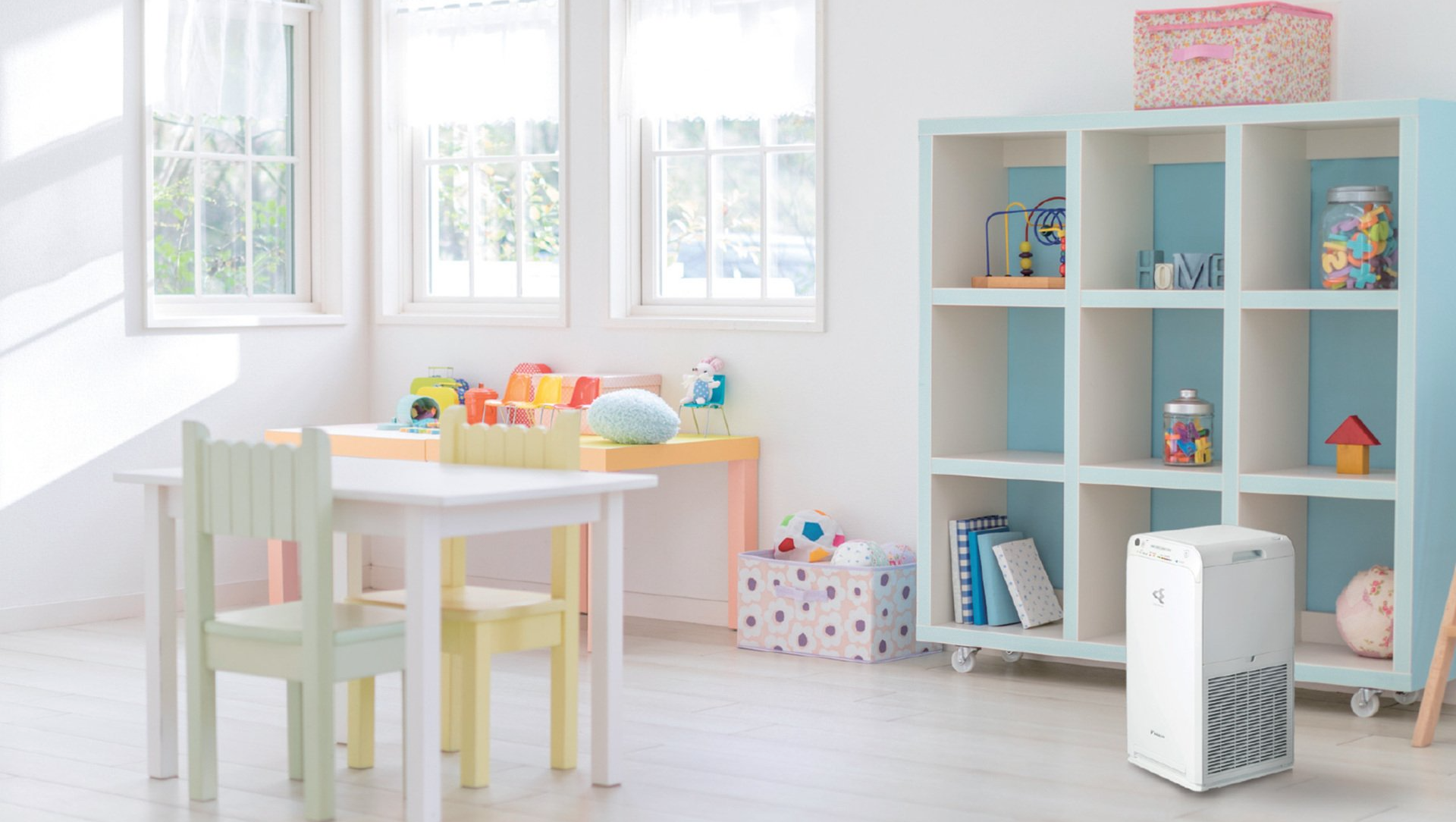
Air Purifiers
Air purifying technology within air purifiers protect air environments in the home, office & everywhere clean air is important.
Daikin’s new range of Air Purifiers with Streamer Technology are designed to capture, suppress & break down pollutants such as mould, pollen, allergens, odours, formaldehyde, traffic pollution & dust. Adding to the list of benefits, the range is approved by the Sensitive Choice® New Zealand program.
The secret to high performance air purification is Daikin’s Streamer Technology. This innovative technology features a high-power plasma discharge that generates high-speed electrons to decompose harmful substances. This powerful oxidative decomposition process continuously removes odours, bacteria & indoor air pollutants, such as formaldehyde, for superior air purification.
Key Features:
- 4 Layers of filtration: Features Pre-filter, Deodorising Filter, High Efficiency Particulate filter & Daikin’s signature Streamer Technology.
- Triple detection sensor: Dust, PM2.5 particles & odour levels are displayed on the top of unit for easy live monitoring.
- Ultra quiet operation: Whisper quiet operation with sound levels of as low as 19dBA (in Quiet Mode)
- Anti-pollen mode: By creating gentle air turbulence from fan speed modulation, pollen is trapped by the air filters before it settles
- Turbo mode: High power operation for quick removal of pollutants. Ideal for use when there is a sudden increase of occupants in the room
- Auto fan mode: Airflow is optimised to suit contamination levels detected from the sensors for efficient energy usage
- Econo mode: Automatically switches between ‘Quiet’ & ‘Low’ operation mode to suit contamination levels. Ideal for sleeping hours
Heat Reclaim Ventilation (HRV)
The Daikin VAM Energy Recovery Ventilator (HRV) is designed to help improve indoor air quality &reduce the overall HVAC system power consumption. This is achieved by providing fresh outside air &recovering waste heat from exhaust air leaving the conditioned space.
Key Features
- Energy saving ventilation using indoor heating, cooling & moisture recovery
- Free cooling possible when outdoor temperature is below indoor temperature (e.g. during night-time)
- Prevent energy losses from over-ventilation while improving indoor air quality with optional CO2 sensor
- High efficiency filters available
- Reduced energy consumption thanks to specially developed DC fan motor
- Can be used as standalone or integrated into air conditioning systems
- Wide range of units available
- Total fresh air solution with optional electrical heater
For advice on how to improve your indoor air quality or a free quotation for heating, cooling, ventilation or air purifiers, contact The Heat Pump People team on 03 366 1823.

